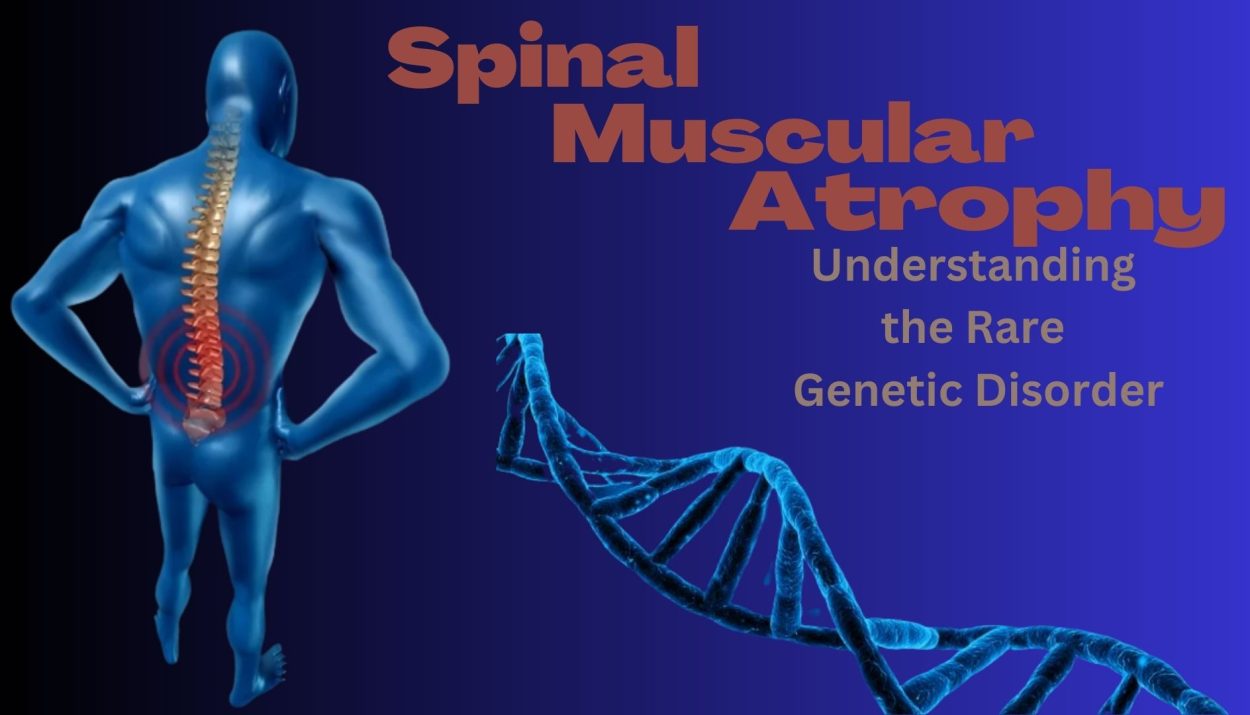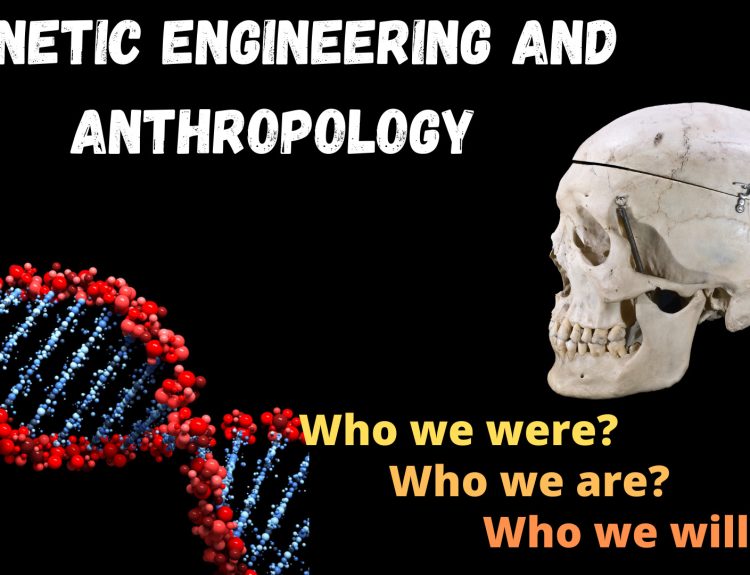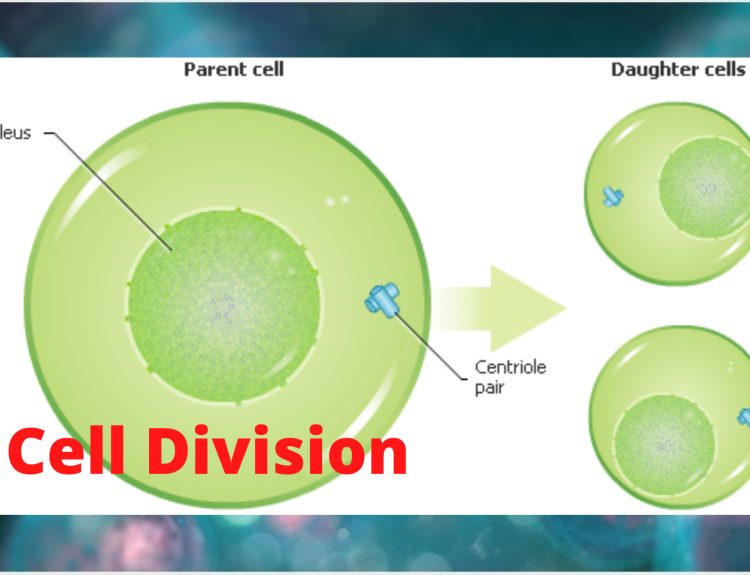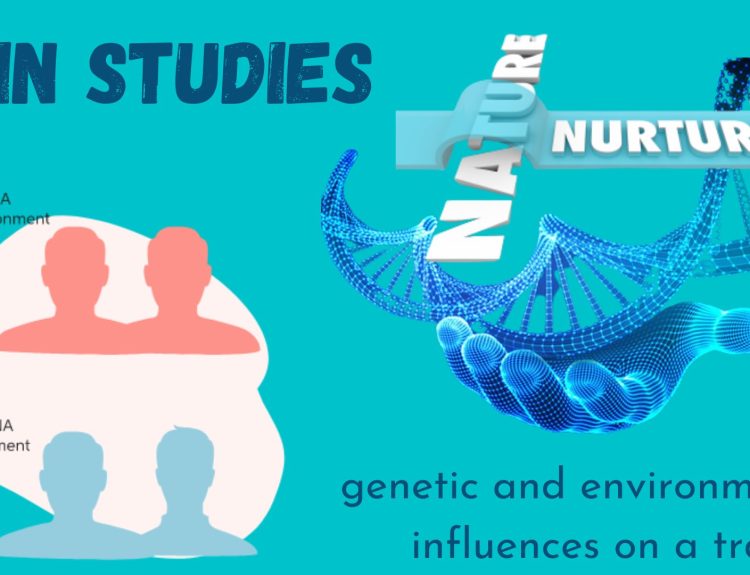Spinal Muscular Atrophy (SMA) is a rare genetic disorder that affects the muscles responsible for movement. The disorder is caused by the loss of nerve cells in the spinal cord and brain stem that control muscle movement. SMA can affect people of all ages, races, and genders.
This is a progressive condition that deteriorates with time, but there exist treatments that can assist in mitigating the symptoms.
Symptoms of Spinal Muscular Atrophy
The symptoms of SMA vary depending on the type and severity of the disorder. In most cases, the symptoms of SMA appear during infancy or early childhood. Common symptoms of SMA include weak muscles, movement problems, bone and joint problems, poor muscle tone, difficulty breathing, and problems with swallowing and feeding. As the disorder progresses, individuals with SMA may experience difficulty standing, walking, and sitting up.
Causes of Spinal Muscular Atrophy
SMA is caused by a genetic mutation that affects the survival motor neuron (SMN) gene. The SMN gene is responsible for producing a protein that is essential for the survival of nerve cells in the spinal cord and brainstem. When the SMN gene is mutated, the production of the SMN protein is reduced, which leads to the death of nerve cells that control muscle movement.
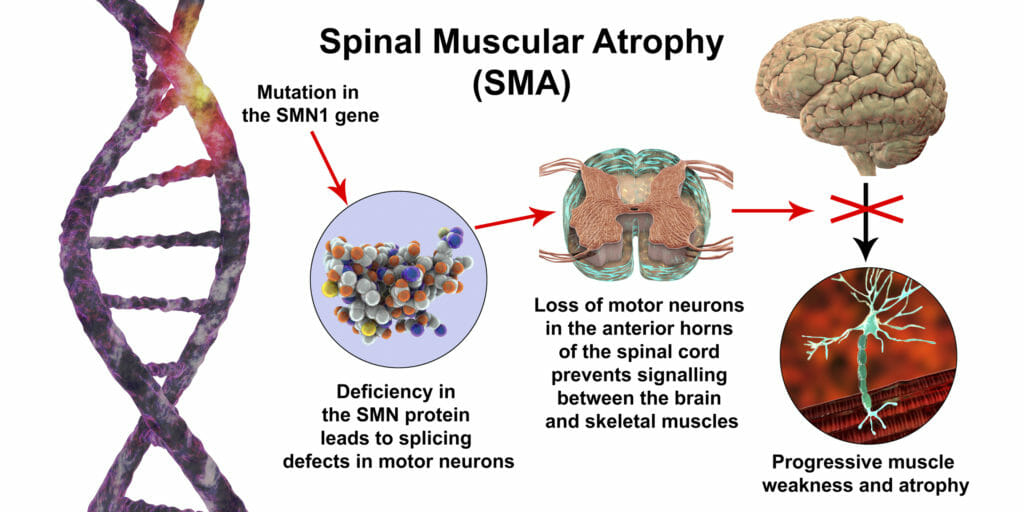
Diagnosis of Spinal Muscular Atrophy
The diagnosis of SMA involves a combination of physical exams, genetic testing, and diagnostic imaging. Physical exams may involve assessing muscle strength, tone, and reflexes. Genetic testing is used to confirm the diagnosis of SMA by detecting mutations in the SMN gene. Diagnostic imaging may be used to evaluate the severity of the disorder and monitor disease progression.
Treatment of Spinal Muscular Atrophy
Currently, there is no cure for SMA. Nonetheless, various treatment alternatives exist that can aid in symptom management and deceleration of the disorder’s advancement. Treatment options for SMA may include medication, physical therapy (including exercises and equipment to help with movement), respiratory support, dietary advice and surgical interventions. Gene therapy is a new treatment option that has been approved for the treatment of SMA, which involves replacing the missing or defective SMN gene with a functional copy of the gene.

Social Impact of Genetic Disorders
Genetic disorders can also have a social impact on individuals and their families. The stigma associated with genetic disorders can lead to discrimination, isolation, and social exclusion. Individuals with genetic disorders may face difficulties in accessing education, employment, and other social opportunities, which can limit their ability to fully participate in society. Additionally, the emotional toll of living with a genetic disorder can lead to anxiety, depression, and other mental health challenges, which can further exacerbate social isolation and exclusion.
Read more- Impact of Genetic Disorders on Society
Psychological Impact of Genetic Disorders
Living with a genetic disorder can have a profound psychological impact on individuals and their families. The uncertainty surrounding the diagnosis, prognosis, and treatment options can lead to feelings of anxiety, stress, and helplessness. The need for long-term care and support can also place a significant burden on family members, leading to emotional exhaustion and caregiver stress. The psychological impact of genetic disorders can be long-lasting and can lead to challenges in maintaining positive mental health and well-being.


